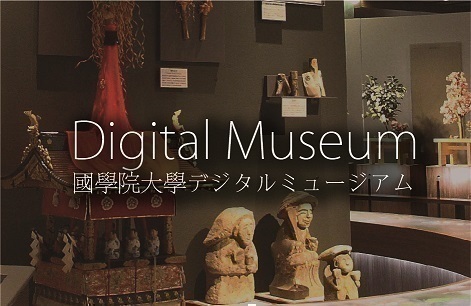- トップ
- Encyclopedia of Shinto
- Shasō
Encyclopedia of Shinto
| Main Menu: | |
| Links: |
詳細表示 (Complete Article)
| カテゴリー1: | 3. Institutions and Administrative Practices |
|---|---|
| カテゴリー2: | Officiants |
| Title | Shasō |
| Text | A general term for Buddhist priests who perform Buddhist rites at shrines or jingūji. Other terms are kusō, gusō, and shinsō, but up to the Edo period, shasō was the most prevalent term. Following Buddhism's introduction to Japan, mid-to-late Nara period Japan witnessed a burgeoning of shinbutsu shūgō (the amalgamation of Shintō and Buddhism), jingūji were built at shrines, and the practice began that Buddhist priests serving there would perform Buddhist rites for the kami. The first documentary reference to the term appears in Hachiman usagū gotakusen shū. In this work, an entry the year of 725 mentions a Buddhist priest, Bettō Hōren Oshō, who built Mirokudera after what is referred to as a revelation from the kami (shintaku). His official appointment was actually elsewhere, but such examples are not unusual at shrines with strong devotion to Hachiman and gongen (avatar, manifestations of Buddhist deities). With their absolute authority, shasō transcended the position of shinshoku (priests) and were allowed to marry. The ranks and types of shasō have changed over time and also vary according to the shrine concerned, but some frequently found terms include bettō, zasu, inju, kengyō, kōtō, sentō, shugyō, gotensu, nyūji, gakutō, shittō, shitsuji, wakidō, onshi (oshi), shōshi, kyūshi, shokushōnin, mokudai, and goshi. The shasō trend increased in the medieval period, and in the Edo period there were shasō at most shrines, with the exception of the Grand Shrines of Ise. The practice was abolished with the Meiji era separation of Buddhism from Shintō (shinbutsu bunri). — Nishimuta Takao |




